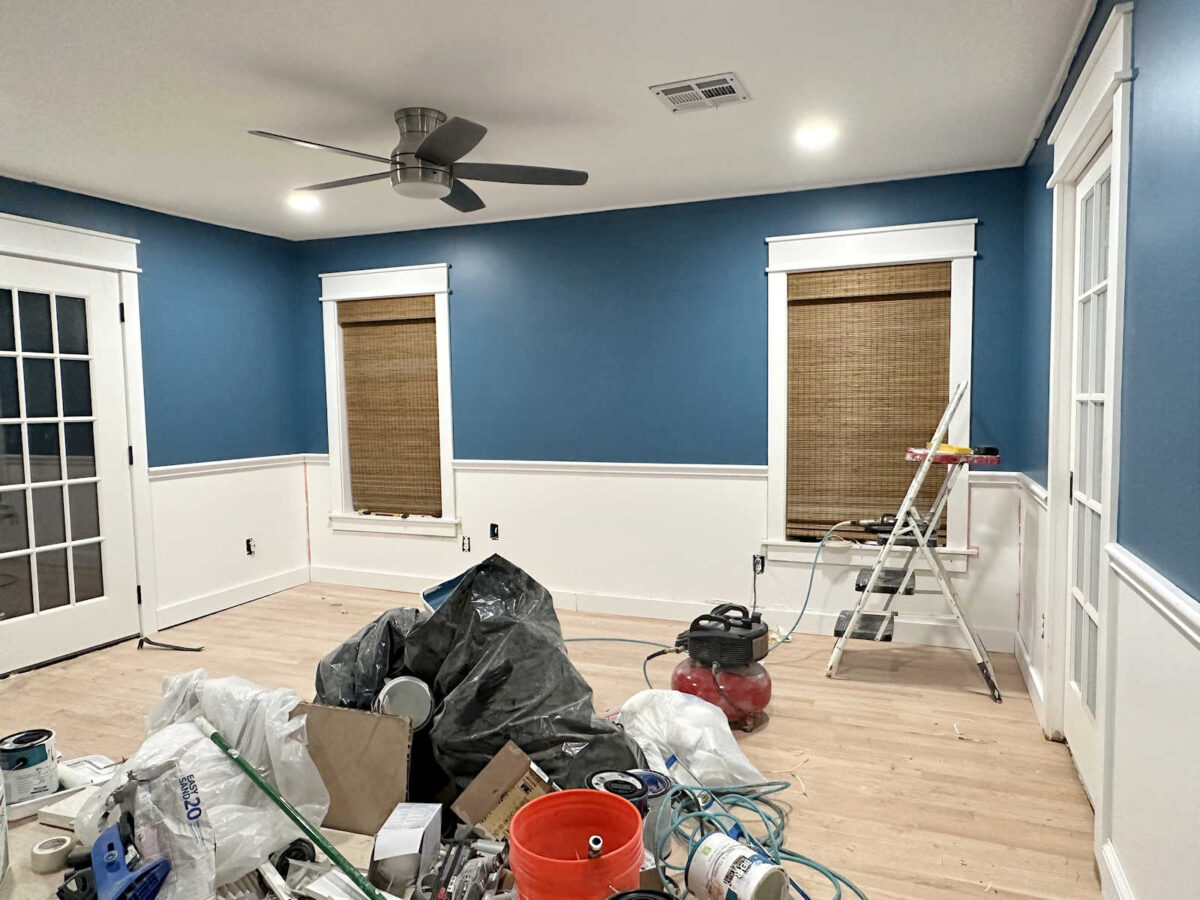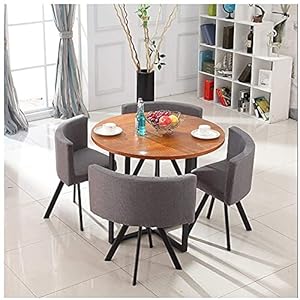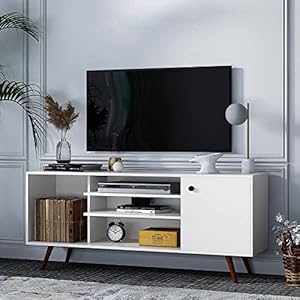I decided that the next project that I’ll tackle in the bedroom suite is the grasscloth wallpaper. So much remains on hold until the grasscloth is up. I can’t hang my foyer mirror until the grasscloth is up. I can’t hang artwork until the grasscloth is up. I can’t install the curtain rods in the bedroom until the grasscloth is up. And I always like to install the curtain rods before sewing curtains so that I can measure an exact finished length for the curtains rather than kind of guesstimating on the length. So for all those reasons (plus, I’m just anxious to see it done), I decided that the grasscloth is the next project I want to cross off the list.
Before I get too far into this post, let me manage expectations really quickly. I only got one piece of grasscloth on the wall yesterday. 😀 I had hoped to get a lot further, and pretty early in the afternoon, I was just about to jump into the project with both feet when I decided that I really needed to slow down a bit, watch a few videos of experts installing grasscloth wallpaper, and making sure that I knew exactly what to do.
I’m SO glad that I did that because had I rushed headlong into this project, I would have messed it up. For example, I didn’t know that with grasscloth wallpaper, you’re supposed to alternate directions when installing. The reason for that is because grasscloth is a natural fiber, and in the dying process, the left side of the roll might be darker or lighter than the right side of the roll. So to minimize those variations, you put the first piece with the top side (i.e., the “top” edge as it comes off the roll) at the top of the wall. And then with the next piece, you flip it over and put the top edge at the bottom of the wall. And you continue flipping each subsequent piece the opposite direction as you work around the room. That was new to me.
I was also unsure about where to put the wallpaper paste. I almost always use unpasted wallpaper, so I just paste the wall, and then put the wallpaper onto the pasted wall. It’s a super easy process, but I’ve only ever used wallpaper that can be wiped off with a damp cloth if I get wallpaper paste on the face of the wallpaper. That’s not really possible to do with grasscloth. You have to be super careful not to get paste on the face of grasscloth wallpaper because it doesn’t wipe off easily, and it can (and probably will) discolor the grasscloth if the adhesive gets on the face of the wallpaper.
Even when I started on the first piece, I was wondering why most people (but not all) pasted the back of the wallpaper instead of pasting the wall, which I find to be so much easier. So with my first piece, I pasted the wall. That worked out fine, but I quickly realized that with all subsequent pieces, I’ll need to paste the back of the wallpaper instead in order to hopefully eliminate the possibility of rolling or brushing any paste onto the edge of the previous piece that I just installed.
Anyway, all of that to say that I spent a good part of yesterday watching and learning, and I’m so glad I took the time to do that. I found this particular video to be very helpful, and I also read the comments for additional helpful tips. In the actual video, they never mentioned which adhesive they were using, but one comment from a professional recommended Roman Pro-880 for grasscloth and other delicate papers. So that’s what I went with. That’s the exact wallpaper adhesive that’s available at Home Depot.
I will say that I found the Roman Pro-880 difficult to use. It doesn’t seem to have a lot of grab to it, and it was especially difficult to get the edges of my grasscloth to stick.

In the past, I’ve always used Roman Pro-555 Extreme Tack, which I find very easy to use, and I’ve never had any problems getting the edges of the paper to stick. So while I do appreciate the input from a pro, I think I’ll probably go back to what I’m used to and use the Roman Pro-555 Extreme Tack on the rest of the walls. I just don’t want to have to babysit the edges of each piece of wallpaper as they dry. Having to do that stresses me out. I just want them to stick the first time so that I can move on and get this done.
Another thing that was stressing me out (and the main reason I was considering hiring out this wallpapering job) was the idea of cutting thick grasscloth wallpaper around the trim headers on the windows and doors. I know the limits of my DIY abilities and getting those detailed cuts are difficult enough with regular wallpaper. I managed pretty well in the closet. But grasscloth is so much thicker than standard wallpaper, and this was the one thing that made me the most nervous about doing this project myself.


So after discussing it with my mom, we both agreed that the easiest thing would be to remove those trim headers so that I’d just have straight vertical cuts on the sides. And once the wallpaper is up, I can just nail those trim headers back on. Fortunately, I don’t use construction adhesive anymore when installing trim, so removing them will be pretty simple.


For the headboard wall, I needed five pieces. And it just so happens that I can get five pieces from each roll of wallpaper. I cut all of my pieces and marked the top of each piece with a series of pencil marks so that I knew which end was the “top” on each piece, and I also numbered them as I cut them.
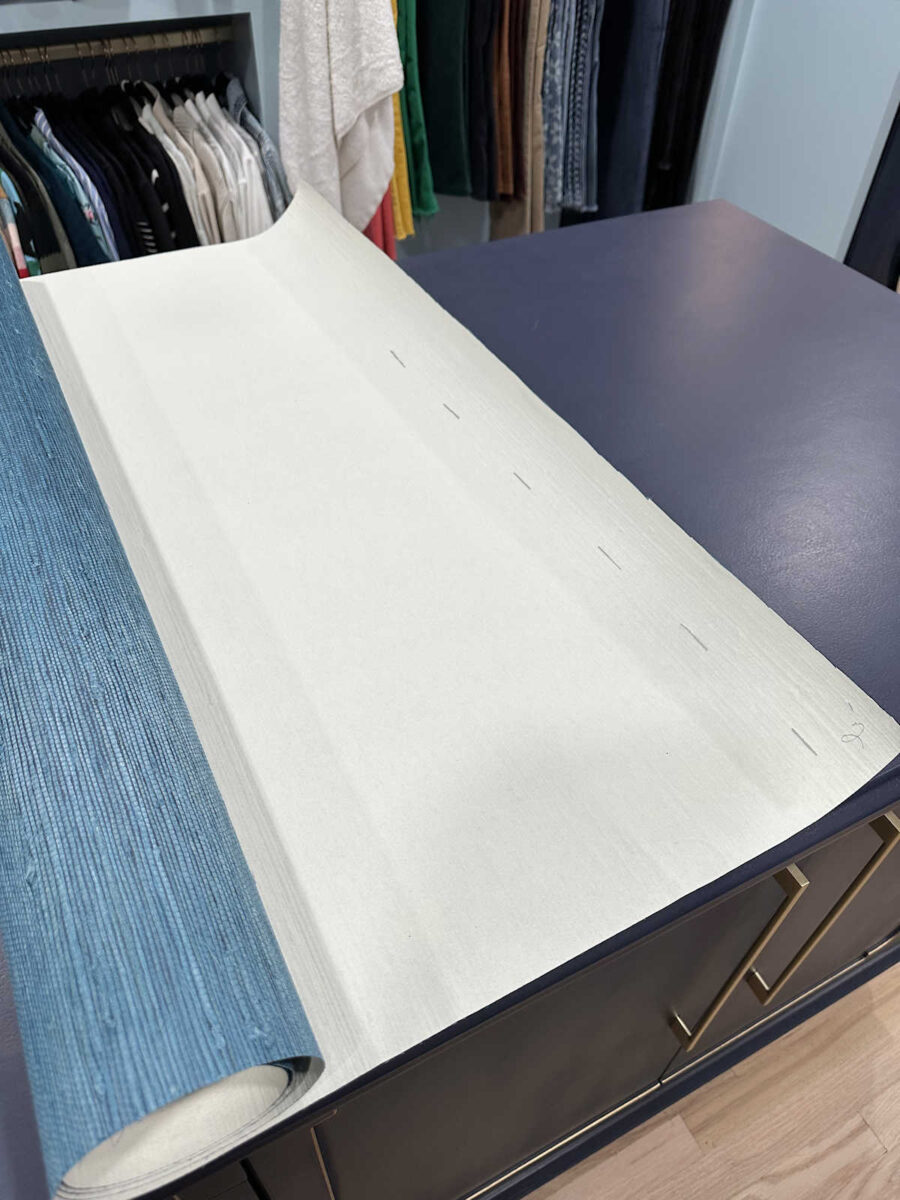

And then I started with the middle piece (literally piece #3 of five pieces) in the center of the wall after measuring and marking the center between the windows.
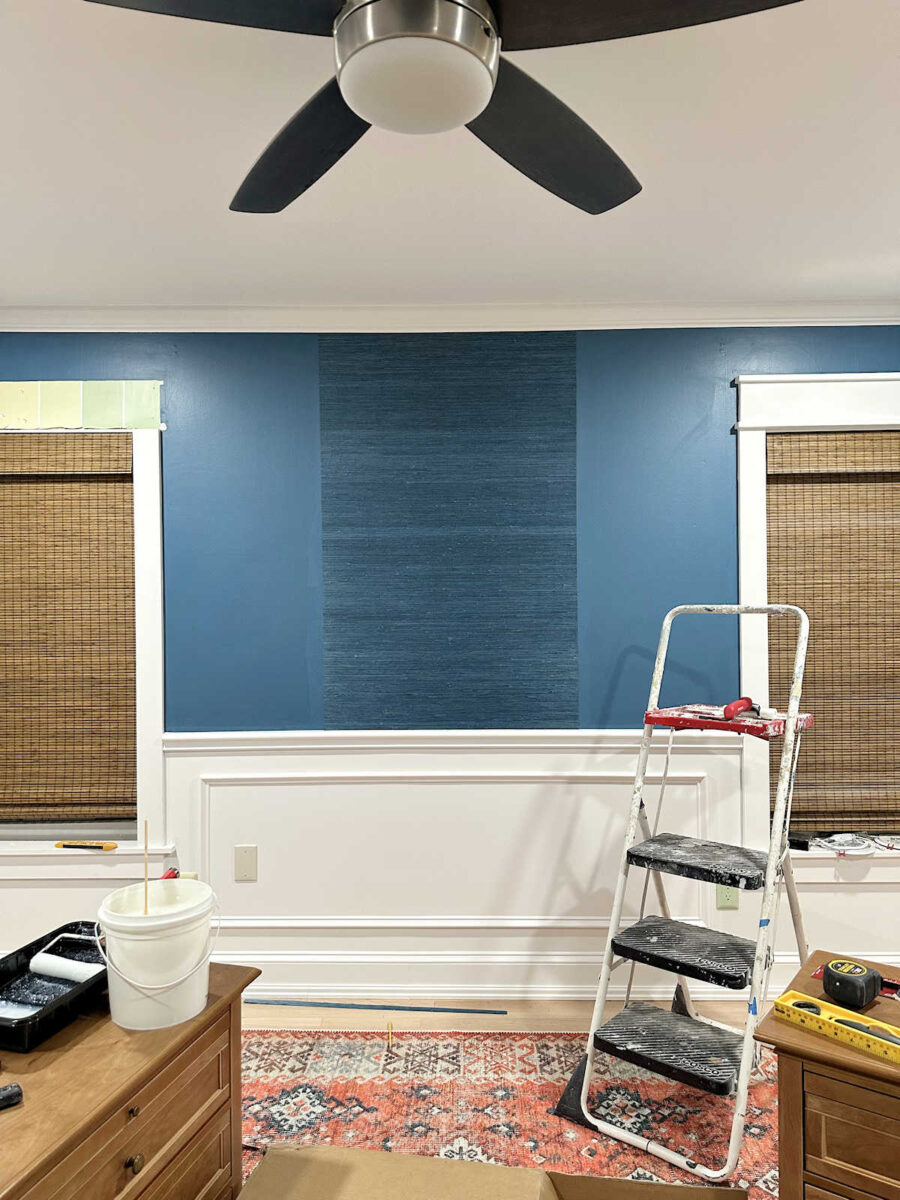

I know it’s only one piece, but I was so excited to see that one piece finally go up. I love how deep the color is. It adds such a richness to the walls. And now that I have that first piece up, a lot of my fears and anxiety about this project are gone.
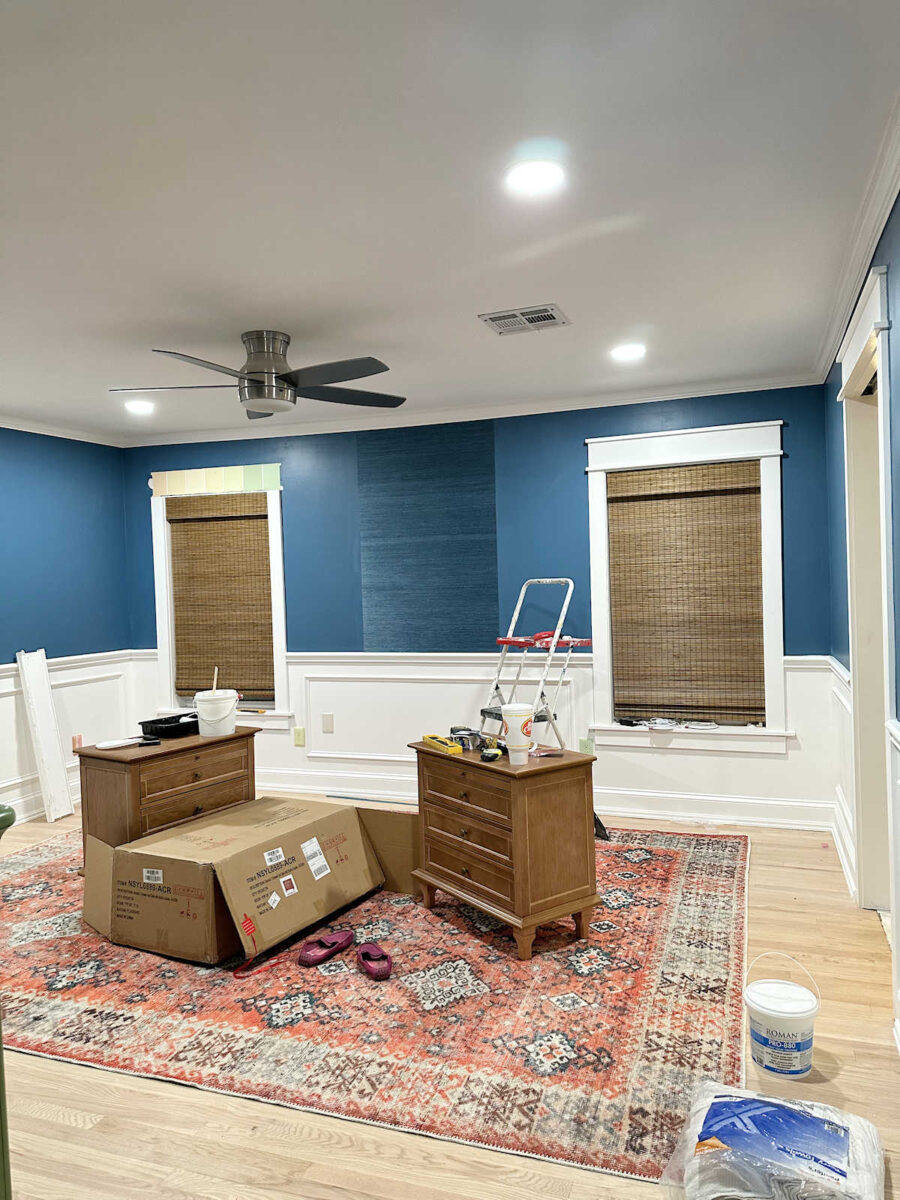

Well, they’re not completely gone, but I feel like this is totally doable.
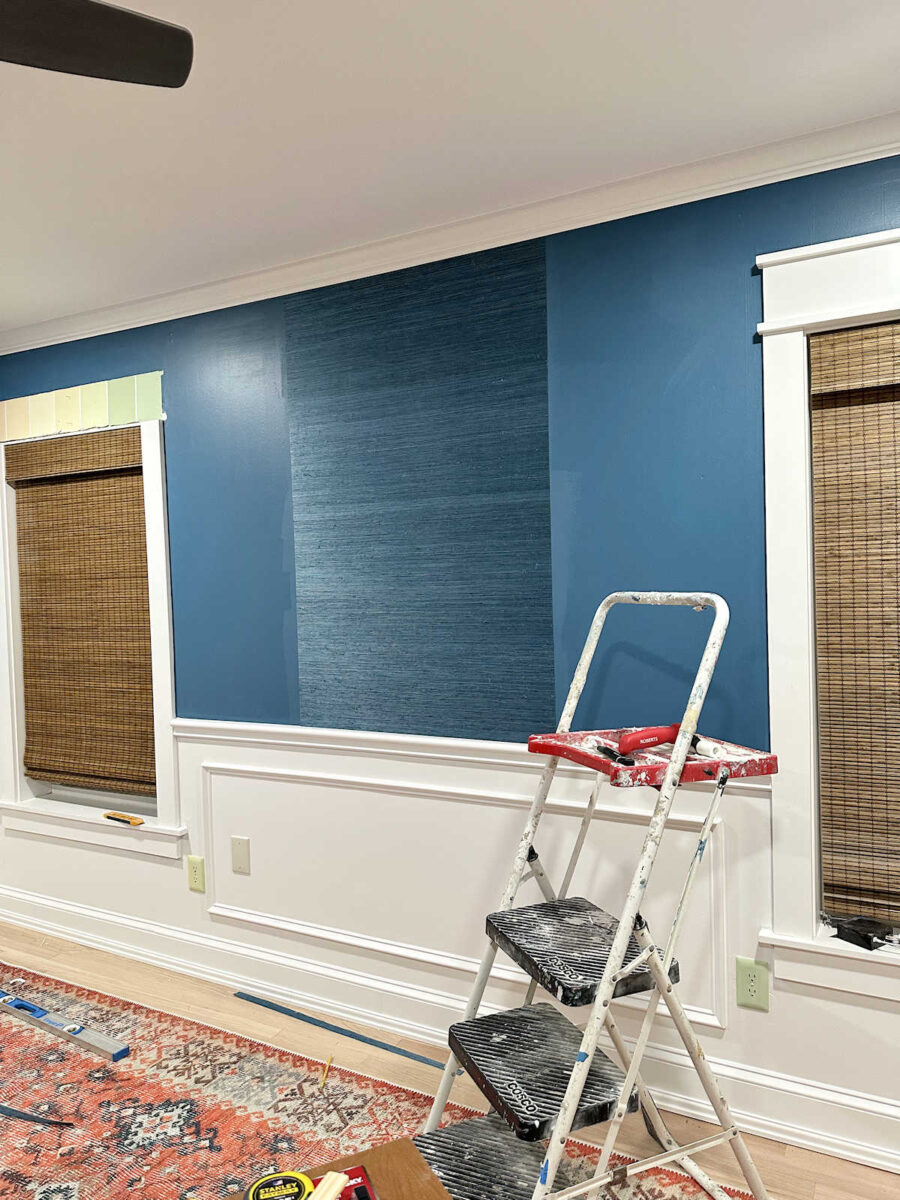

One thing I did when I was painting the walls is that I painted that bottom lip of the crown molding the wall color instead of the trim color.
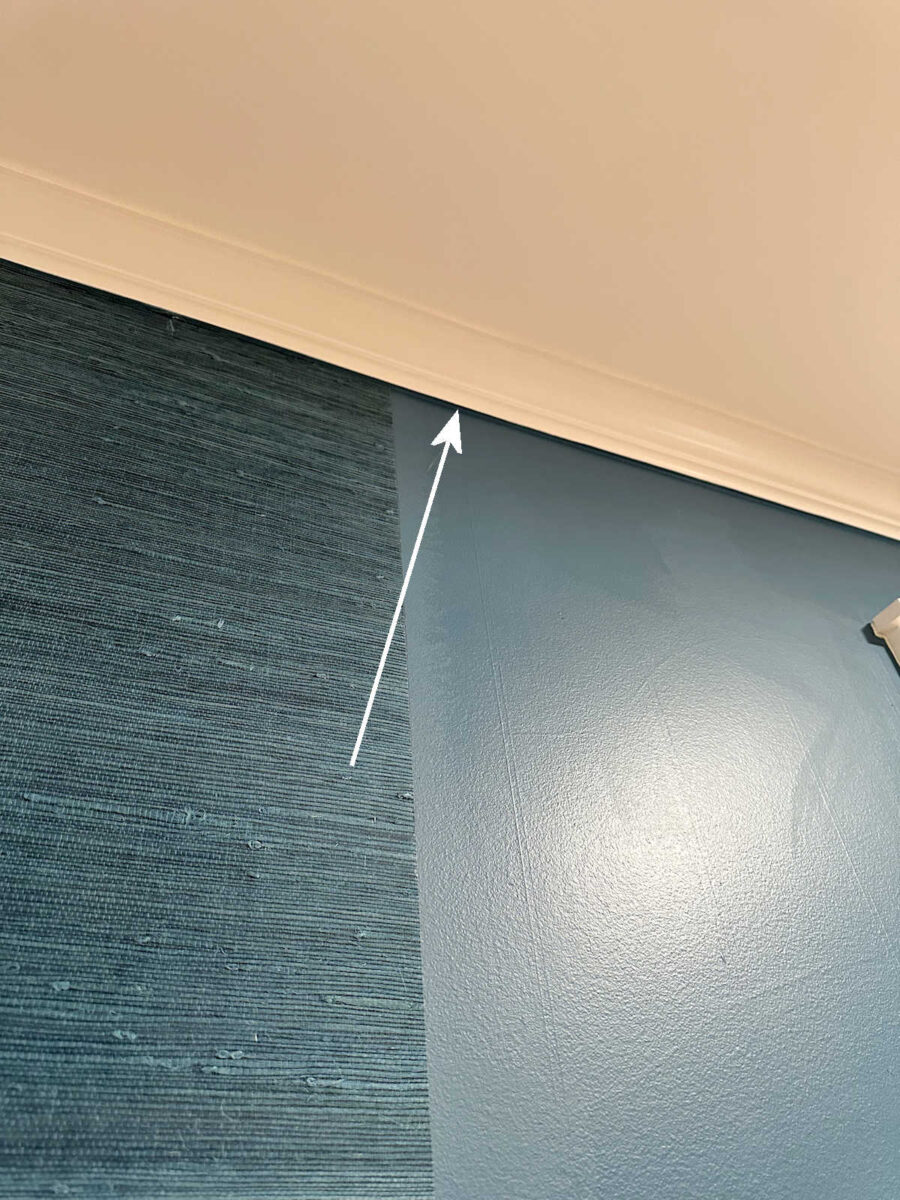

That way, even if my cuts at the top aren’t exactly perfect, that perfectly painted edge gives the impression that the cuts are perfect.


I didn’t have that same kind of safety net when cutting the bottom edge, and I learned on this first piece that you really do have to give it some firm pressure when cutting. If you don’t get through the wallpaper on the first cut, it will leave little fibers sticking out, and those are almost impossible to get rid of on a second or even third pass.


Thankfully, this area will be hidden behind the headboard, so I’m okay with it not being perfect. This was a good area to start and to learn all of these little tricks since so much of it will be hidden by the headboard.
I know this isn’t too exciting yet since it’s only one piece, but I’m amazed at how much more confident I feel just getting that one piece up and also working out the plan for papering around the windows and doors. I was also very nervous about trimming the paper at the top and bottom of each piece, but that worked out really well.
So I feel like, now that I’ve gotten my feet wet and I know what to expect, I can get this done relatively quickly. I don’t want to go too fast because, as I’ve mentioned many times, I have no room for error with this project. If I mess up any of these pieces, I have nothing to fall back on. I purchased every last roll of this wallpaper in this dye lot that existed in the entire country, and I have just enough to paper the bedroom and foyer with no wiggle room. So while I’m feeling pretty confident now, I can’t get overly confident or go too quickly because that’s when I’ll mess up.
More About Our Master Bedroom
see all master
bedroom diy projects
read all master
bedroom blog posts
Trending Products

